Expand your sketching ability by understanding how to use lines expressively!
Learn this artful skill of line-weight that designers apply in all their drawings with my easy-to-follow guide in 3 steps only!
Unlock your creativity now!

- How to draw with line-weight
- Draw with 2 pens (1 thin + 1 thick)
- Part 1.1| Bold lines at the opposite of the sun (top-left position)
- Part 1.2| Practice line-weight using your pen pressure
- Part 1.3| Bold with dynamism!
- Part 2.1| The 3 sizes of lines
- Part 2.2| Practice your pen pressure daily
- Part 3.1| Line-Weight Sketching Exercise
- 3.2 Add a quick background
- Conclusion
How to draw with line-weight

Drawing in a cafe helps me to concentrate better for longer hours.
It avoids distraction.
How about you?
It’s 10 am, I’m in a cafe called: Cafe Ngot in Saigon.
I sketch while drinking a Vietnamese called “Cafe sua da” (It’s an ice coffee with sugar milk).
It’s delicious!
The cafe plays some loud music, and people around me are laughing loudly, chatting, clapping…
but all these noises become like “meditation music”.
When I get deep concentration when I draw, nothing can disturb me.
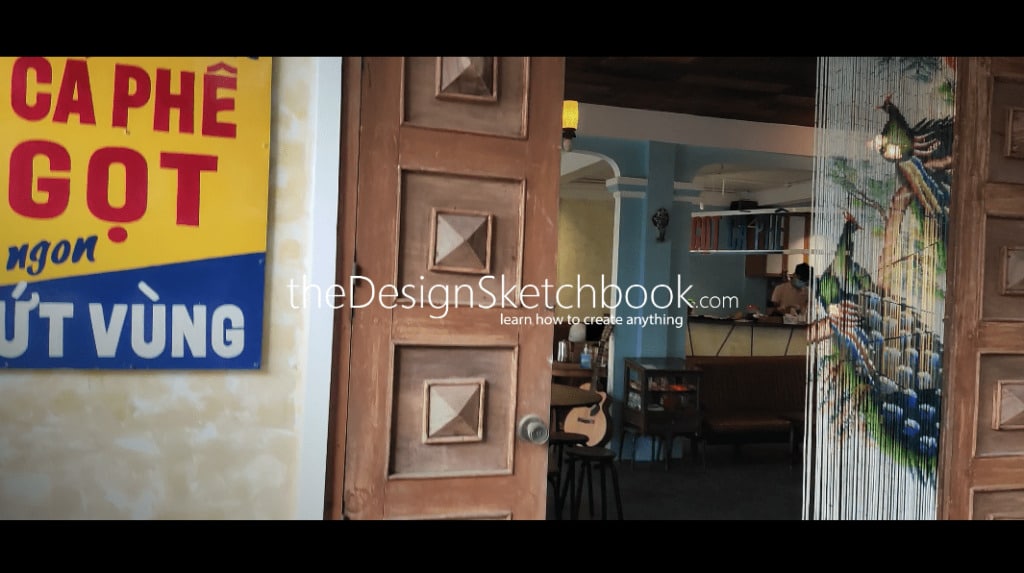
Draw with 2 pens (1 thin + 1 thick)
Drawing with multiple pens is optional.
If you don’t have these, you can follow this tutorial with a simple ballpoint pen. It will be all fine. : )
Utilize a thin pen for construction lines and a thick pen for bold lines. This setup allows for a range of line-weight variations, giving your sketches depth and dynamism.
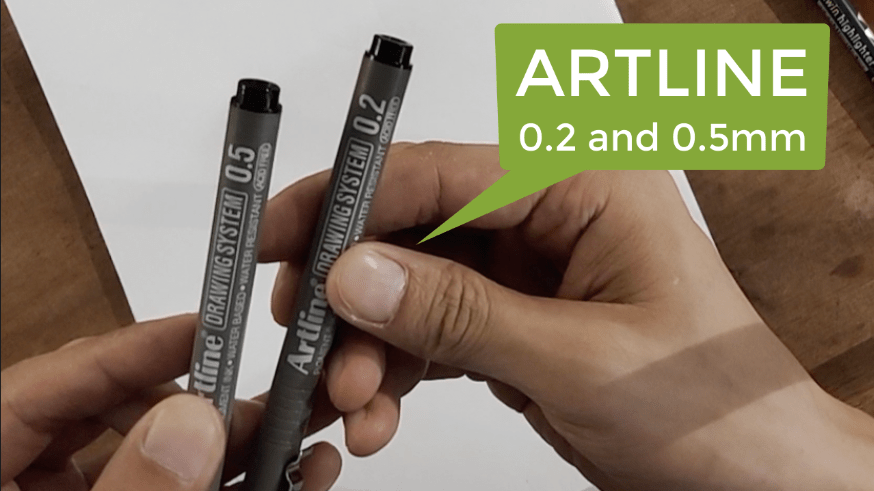

Part 1.1| Bold lines at the opposite of the sun (top-left position)
Drawing bold lines allows you to make your sketch eye-catching. It’s an essential skill for a product designer to convince his audience.
But we can’t add the bold lines randomly, or it may look messy.
There is a special technique to decide which lines to bold.
- Bold the lines that are opposite the sun (typically coming from the top-left). This technique ensures your sketch catches the eye and conveys form effectively. The bold lines pop from the page, making your work charismatic and lively.

Part 1.2| Practice line-weight using your pen pressure
A beginner tends to draw with a monoline.
As a future designer, you need a palette variation of line weight.
- As a beginner, you might draw with a consistent line thickness.
However, mastering pen pressure variation is key. Practice by drawing lines of different shades, remembering that lighter pressure results in thinner lines and vice versa. This skill adds life and dimension to your sketches.
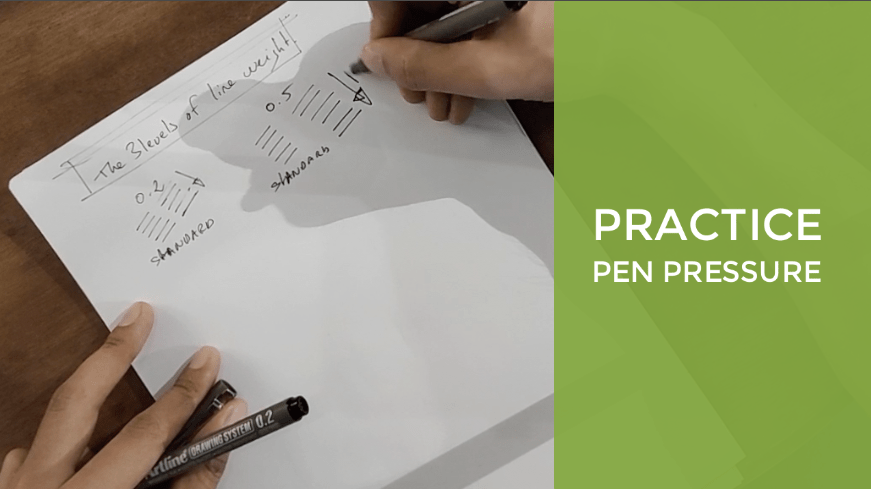
Part 1.3| Bold with dynamism!
A common mistake is to bold too slowly on top of your drawing.
You try to get a perfect bold line, but it looks amateur and lifeless.
- To give it a professional look, and draw with dynamism you need to use ghost drawing.
- MIND TRICK: Draw the bold line (on top of the light one) as if you draw it for the first time!
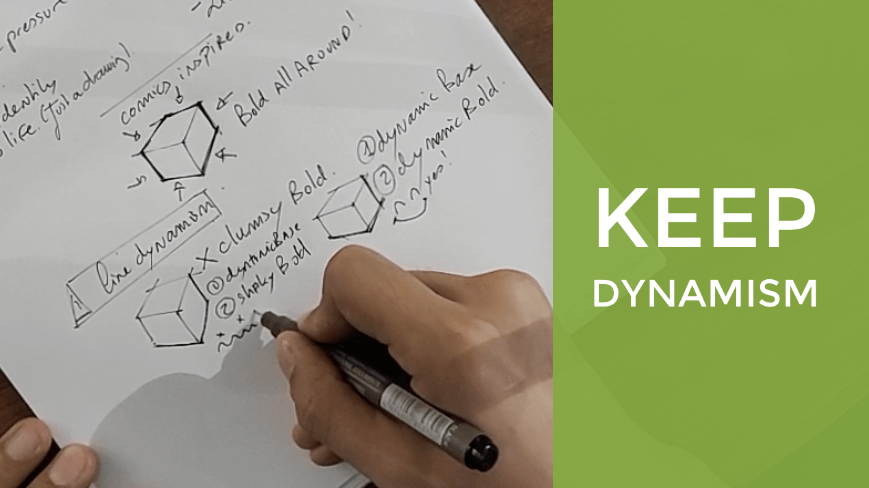
To avoid overly slow, amateur-looking lines, employ ghost drawing. Imagine you’re drawing the bold line for the first time, over the light line. This technique adds dynamism and professionalism to your work.

Part 2.1| The 3 sizes of lines
To master drawing any products designs with line-weight,
you need a minimum of 3 lines of thickness:
- Thin Line: Use for hidden lines and construction lines.
- Medium Line: For visible lines, these should be your go-to for outlining the main forms.
- Thick Line: Also known as “pop lines,” these make your sketch stand out and emphasize important edges or details.
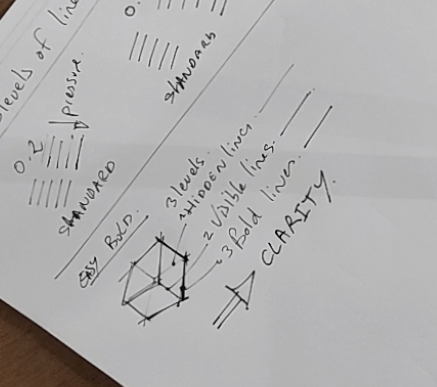
Part 2.2| Practice your pen pressure daily
Regular practice is crucial.
Draw circles, strokes, and curves with varying line weights.
Remember to use ghost drawing to create distinct line-weight levels.
For a fun challenge, try the Cube Mania Challenge to practice perspective and line weight simultaneously.
Draw some circles, hatching, and curves to practice your pen pressure.


Start drawing a box, and extrude some parts. To train at this, you can refer to the Cube Mania Challenge. Here is the first video on how to draw hundreds of cubes in perspective easily.
Part 3.1| Line-Weight Sketching Exercise
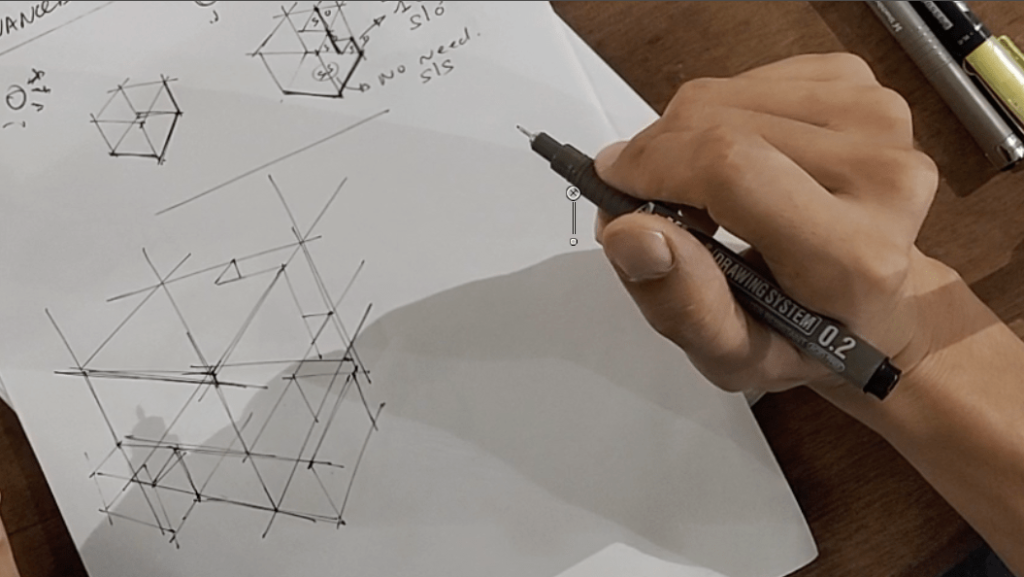
Quickly analyze the object’s form, and bold the lines that meet these criteria: opposite of the sun and in contact with only one visible surface.
Practice often to make this intuitive, turning technique into instinct.
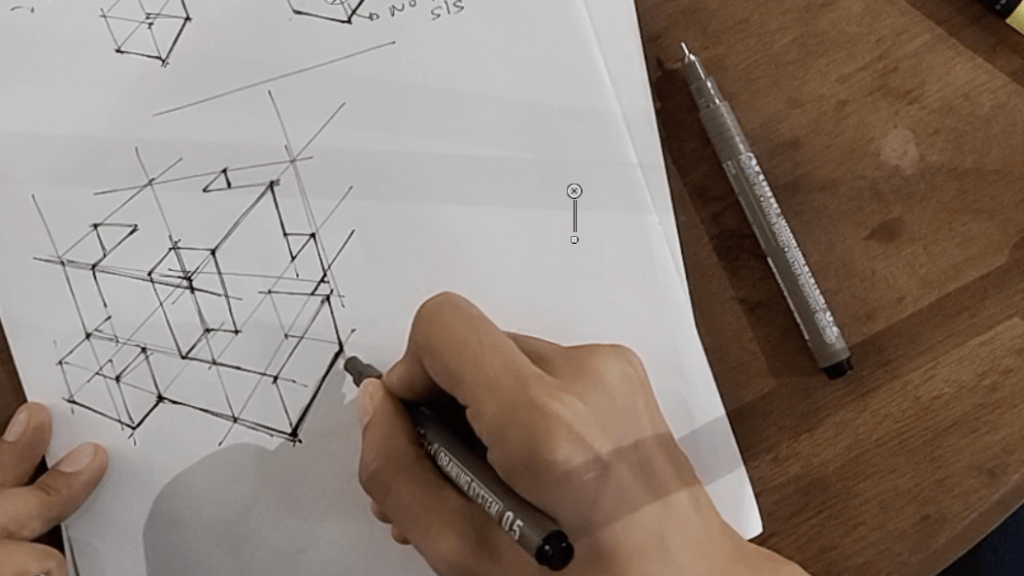
A qualified line to be bold needs to meet these 2 conditions:
Rules 1: Edge at the opposite of the sun.
Rule 2: The line has in contact with only 1 surface visible. The other side is empty.

The “0” is an empty surface.
3.2 Add a quick background
An extra TIP is to use a color marker to add extra color behind the 3d form to make your sketch pop!
Enhance your sketch by adding a quick background with color markers.
This not only makes your sketch pop but also adds depth and context to your work.

Conclusion
In conclusion, mastering line-weight in your sketches is a transformative skill that elevates your drawings from basic to professional.
By:
- Drawing with 2 pens (a thin and a thick one), you lay the groundwork for expressive lines that bring depth and life to your work. This is optional.
- Understanding the nuances of line-weight, such as bolding lines opposite the sun, practicing pen pressure, and using ghost drawing for dynamic lines, you ensure that your sketches are not only visually appealing but also communicate the form and structure effectively.
- Embracing the 3 levels of line-weight (thin, medium, and thick), you unlock a wide array of design possibilities, allowing you to convey hidden lines, visible lines, and “pop lines” with precision.
- Daily practice of pen pressure and sketching exercises, like the Cube Mania Challenge, helps you internalize these techniques, making your line work intuitive and fluid.
- Adding a quick background with color markers can further enhance your sketches, making them stand out and pop from the page.
Remember, the journey to mastering line-weight involves both learning the technique and committing to regular practice. It’s a skill that will accompany you throughout your design career, bringing your sketches to life with confidence and charisma.
Keep practicing, experimenting, and most importantly, enjoy the process of improving your line work. Share your progress, your favorite pens, and brands in the comments, and let’s continue this journey together.
As Niyati Chogle testifies (See below), following these tutorials can lead to more precise lines and improved shape drawing. Line-weight is not just a technique; it’s a gateway to making your sketches more engaging and professional.
Thank you for joining me on this creative adventure!
Your feedback and engagement are invaluable, and I look forward to seeing how your sketching skills evolve.
Keep drawing, keep iterating, and above all, keep enjoying the artful journey of industrial design sketching!
Cheers,
Chou-Tac
Testimonial of the day from Niyati Chogle

Hello!!
Hope you are doing well.
- I have been following your tutorials and they have helped me a lot already.
- My lines are more precise and I am able to draw shapes decently.
- Thank you so much for your help and guidance.
With warm regards,
Niyati







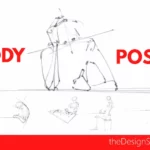

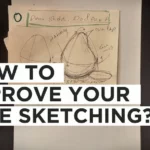


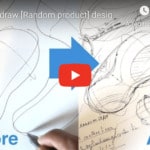



[…] Tip size: The tip size of a ballpoint pen determines how thin or thick the line will be.A finer tip gives more precision and detail, while a thicker tip creates more contrast and impact.Depending on your sketching style, you may prefer one over the other, or use both for different line-weight. […]